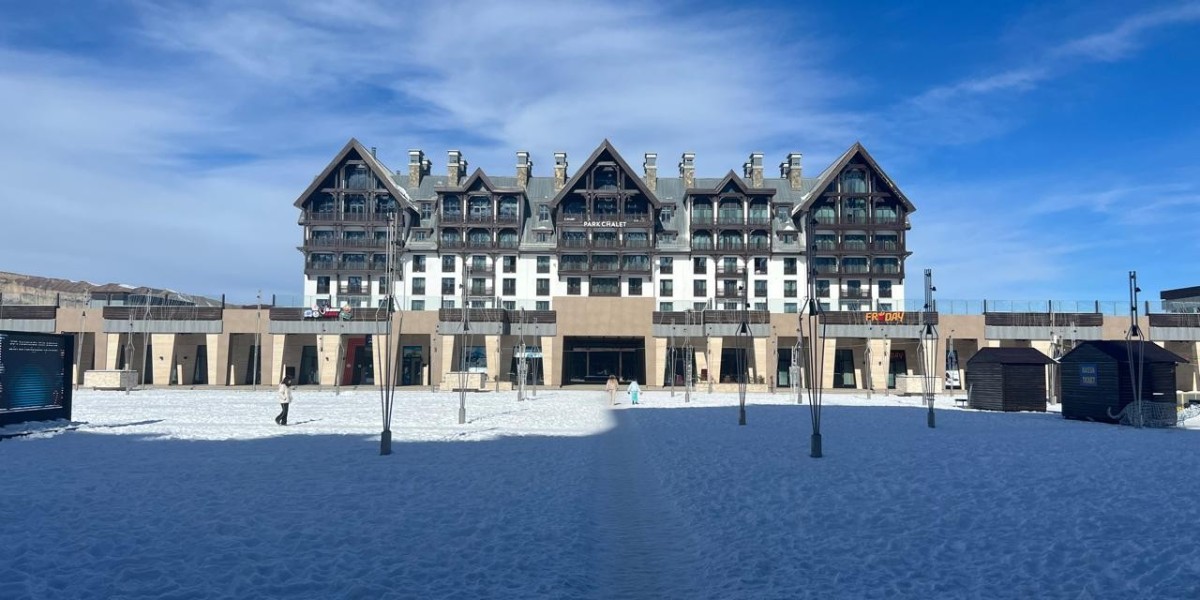Travelers dreaming of a smooth and scenic journey from Baku to Shahdag often wonder about the possibility of taking a train, especially given Azerbaijan’s reputation for developing efficient rail networks. However, the current reality is that no dedicated train service connects the capital city directly to Shahdag, a popular mountain resort nestled in the Caucasus. This absence of a railway link can be disappointing for those hoping for an eco-friendly and relaxed way to reach the mountains. The reasons behind this are rooted in logistical, geographical, and economic factors, which have so far prevented the development of a direct rail route. Instead, travelers should consider a variety of viable alternatives, each offering comfort, convenience, and the chance to enjoy Azerbaijan’s diverse landscapes along the way.
Understanding the Absence of a Shahdag Train from Baku
The main reason there is no train service connecting Baku and Shahdag is the challenging terrain. Shahdag is situated in a mountainous region, approximately 200 kilometers north of Baku, making the construction of a railway both complex and costly. Azerbaijan’s existing railway lines mainly serve urban centers and connect regions within the plains, with limited infrastructure reaching the highlands. Furthermore, the seasonal nature of tourism in Shahdag, focused primarily on winter skiing and summer hiking, has not yet justified the substantial investment needed to build a mountain rail line. Although Azerbaijan expanded and modernized its rail network in recent years, these improvements primarily focus on connecting major cities and freight corridors, leaving mountain resorts like Shahdag off the current rail map.
Classic Road Travel: The Most Popular and Practical Choice
For most travelers, road transportation remains the most practical means of reaching Shahdag from Baku. Several options are available, including private taxis, rental cars, and organized shuttle services, all offering flexibility and ease. The journey by car generally takes around two and a half to three hours, and the roads are well-maintained, winding through scenic mountain landscapes. Traveling by taxi or private transfer provides door-to-door convenience, especially if you’re carrying luggage or equipment for winter sports. For those on a budget, buses operate on regular schedules from Baku’s main bus stations to Shahdag. These buses provide an affordable and reliable way to reach the mountains, with many departures throughout the day, allowing travelers to plan their trip comfortably.
The Benefits and Limitations of Road and Bus Trips
Traveling by bus or car has its clear advantages. Buses are generally inexpensive, with modern, air-conditioned vehicles offering a comfortable ride. They also run frequently, making spontaneous trips feasible. Rent-a-car options give tourists the luxury of exploring the region at their own pace and making scenic detours along mountain roads. However, driving in the Caucasus mountains requires some skill and caution, especially during winter when snow and ice can make road conditions more challenging. Although these options are reliable, they do involve a certain level of planning and awareness of weather, which can sometimes delay or complicate journeys. Still, they remain the easiest and most straightforward way to access Shahdag without a dedicated train.
The Challenges of Developing a Mountain Rail Link
Constructing a railway into the mountains to connect Baku with Shahdag involves significant engineering challenges. The rugged terrain, steep slopes, and high-altitude conditions make building a traditional rail line both technically demanding and expensive. Additionally, the economic viability of such a project is uncertain, given the seasonal fluctuation in tourist numbers. Azerbaijan’s current transportation priorities focus on expanding and upgrading its road infrastructure and improving connectivity between major urban centers. While there is interest in developing more eco-friendly and scenic transportation options, such as cable cars or funiculars within mountainous resorts, these are still in conceptual phases. Given these factors, a dedicated train to Shahdag remains a future possibility rather than an imminent development.
Future Prospects for Train Access to Shahdag
Despite the current lack of a railway, the Azerbaijani government and private investors continue exploring ways to improve access to remote tourist destinations, including Shahdag. Development projects in tourism infrastructure may include new cable car systems, funiculars, or perhaps even high-speed rail in the coming decades. Such enhancements could turn the journey into a scenic adventure, combining comfort with panoramic views. These plans often depend on the growth of winter and summer tourism, regional economic priorities, and advances in engineering. If these projects become a reality, travelers could one day enjoy a direct and spectacular train or cable route into Shahdag, transforming the way visitors experience Azerbaijan’s mountain landscapes.
Planning Your Trip: The Best Strategies Now
For the time being, planning ahead is key to ensuring a smooth and enjoyable trip from Baku to Shahdag. Recognizing that there is no direct train, travelers should favor road options for their efficiency and flexibility. Booking a private transfer or rented vehicle allows for comfortable, tailored travel, especially if combined with exploring other destinations en route. It’s recommended to schedule trips during daylight hours and check weather conditions before departure, particularly in winter. Packing appropriate clothing and preparing for mountain driving conditions enhances safety and comfort. Overall, with careful planning, the journey can be just as memorable as the destination, with breathtaking views and a glimpse into the diverse beauty of Azerbaijan’s landscapes.
Final Thoughts: Embracing the Journey
While the absence of a train from Baku to Shahdag train might seem limiting at first, it opens opportunities for travelers to experience Azerbaijan’s scenic roadways and warm hospitality. The mountainous terrain, vibrant villages, and stunning vistas along the way make every trip an adventure itself. As infrastructure projects evolve and tourism continues to grow, future transportation options may include more train routes or innovative scenic cable systems. Until then, embracing the current alternatives — road trips, buses, and car rentals — ensures a comfortable and flexible gateway into Azerbaijan’s majestic mountains. Whatever your choice, the journey to Shahdag promises memorable sights and experiences that showcase the country’s rich natural heritage.









